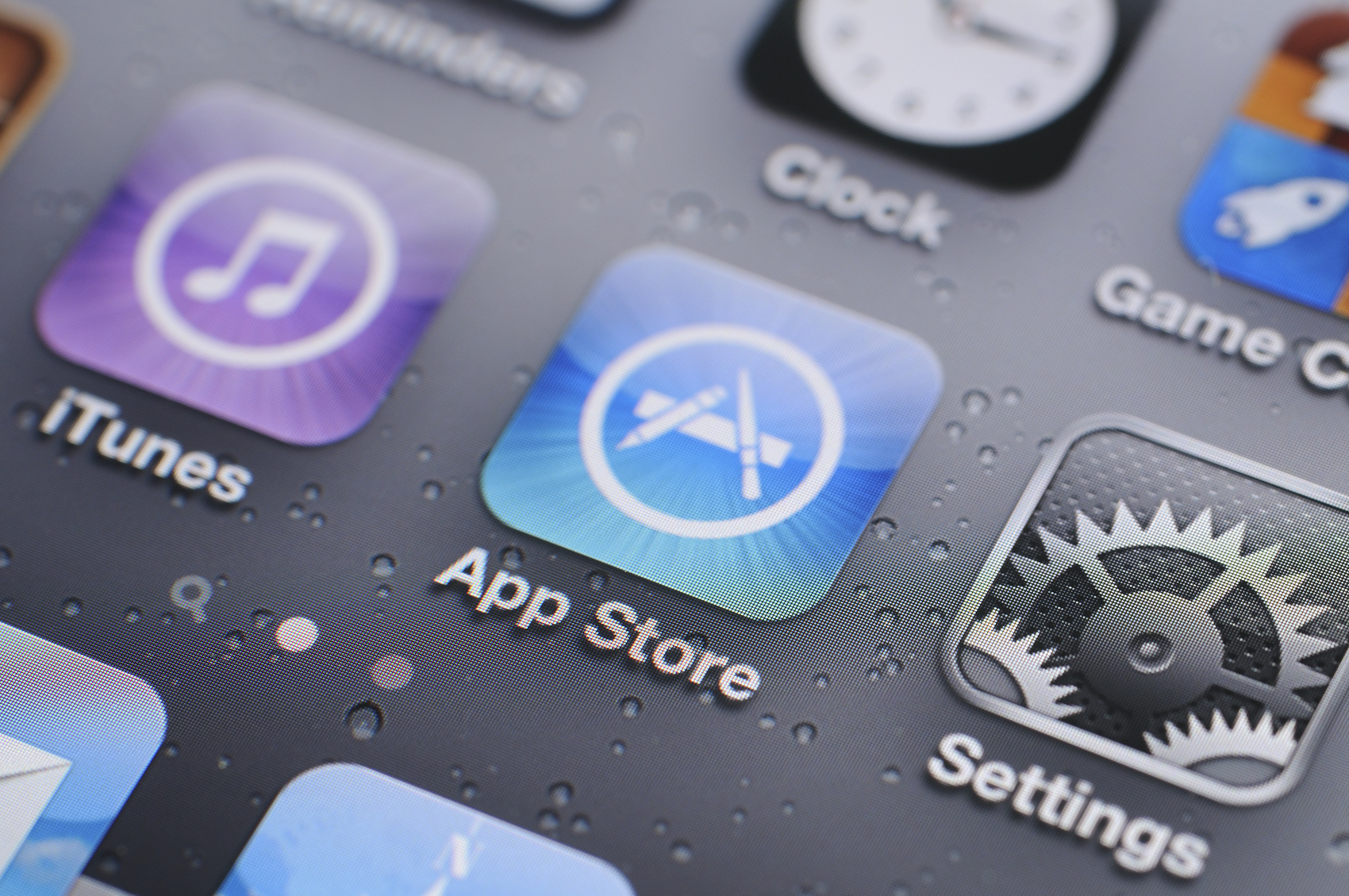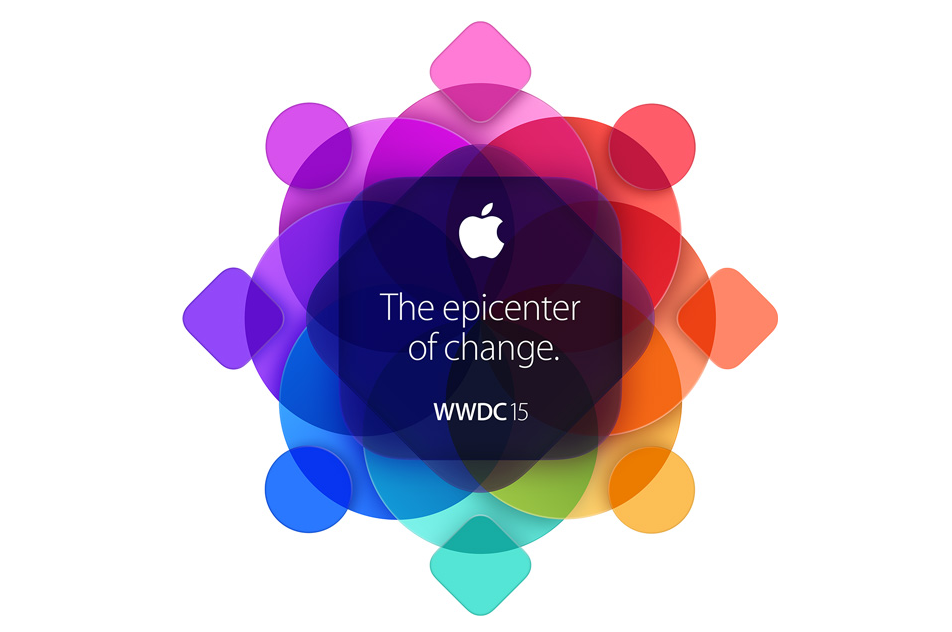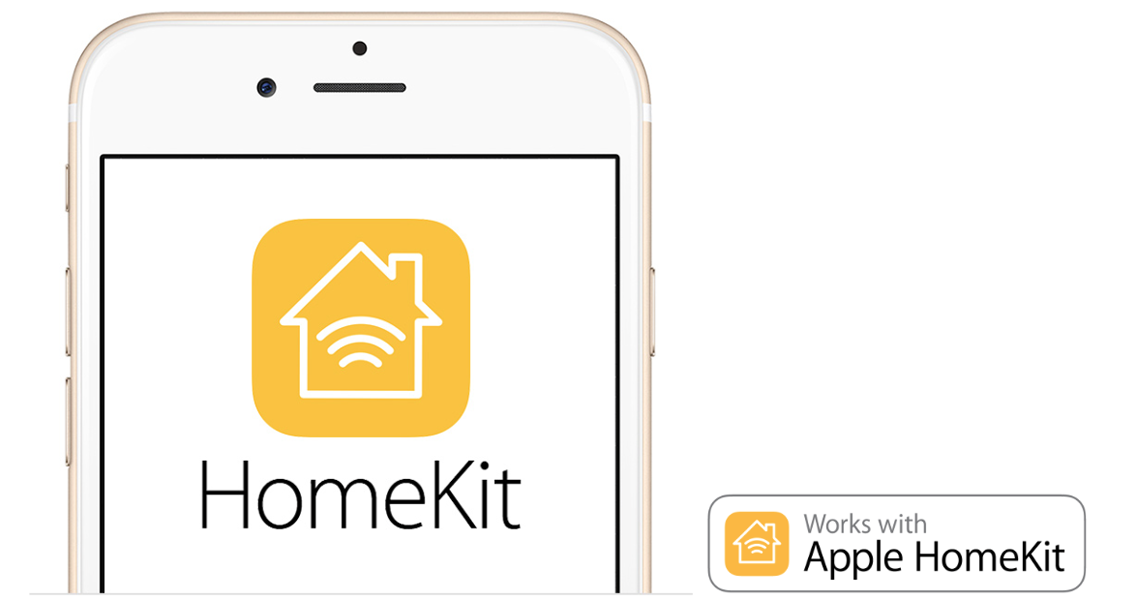Editor’s Note: As an abridged version of our actionable intelligence products, this post only includes generic suggestions for brand marketers. For the full version, completed with features on our trend-setting partners and industry-specific analysis, please contact our Director of Strategy Adam Simon ([email protected]) to join our newsletter subscription.
The highlights:
-
iOS 11 Brings P2P Payment, Business Chat, Extended NFC Access, & More
-
Apple Launches ARKit, An AR Platform For iOS
-
New macOS Brings VR Creation Support & Better Browsing Experience
-
Siri Rebranded As Apple’s Intelligence Engine, Will Power Upcoming HomePod Speaker
We will be hosting a special briefing call on Thursday, June 8 at 11 a.m. ET to recap this event, what it means for brands, and to answer your questions live. If you’d like to attend, please sign up here.
Apple kicked off its annual worldwide developer conference (WWDC) on Monday at the San Jose convention center. CEO Tim Cook and several other Apple executives took the stage to unveil altogether six big announcements, ranging from new software, new developer tools for VR and AR, a new iPad Pro, and the rumored Siri-powered smart speaker. This event marks Apple’s official entry into the conversational hardware market and offers a glimpse at Apple’s AI strategies moving forward. To delve into the details of the hundreds of new features announced on Monday, check out this round-up on 9to5Mac. What follows is our exclusive take on what these announcements meant for brands and marketers.
iOS 11 Brings P2P Payment, Business Chat, NFC Support, And More
As in years past, Apple previewed the next-gen iOS on stage on Monday. Out of the dozens of redesigns and new features coming to the iPhone and iPad, the ones that we singled out here all bear significant implications for brand marketers.
First up, iOS 11 comes with a revamped Messages app, which will make iMessage Apps more easily discoverable with a swipeable app bar, integration with Apple Pay to support easy peer-to-peer payments, and allow for seamlessly syncing messages across Apple devices with iCloud sign-in. Apple also announced Apple Pay Cash, its own digital debit card that lets recipients of P2P payments transfer the cash to a bank account or spend it at ecommerce sites and physical retail stores.
This new P2P payment feature in iMessage could just be the viral hook that Apple needs to get more iPhone users to adopt Apple Pay. Once users start to use it for paying back family and friends, they would presumably be more likely to try out Apple Pay in retail and other contexts as well. Craig Federighi, Apple’s senior vice president of software engineering, said that half of U.S. retailers will offer Apple Pay by the end of the year.
Apple is also set to introduce a Business Chat feature in iOS 11. While not given any time during the opening keynote, Apple’s developer site indicates that users will be able to chat with a business for customer support and more within Messages. The conversations are started via search in Safari, Maps, Spotlight, and with Siri, and will integrate with Apple Pay (for additional purchases) and Calendar (for appointment scheduling). A clear challenge to Facebook Messenger and Twitter’s customer service use cases, the Lab will be closely watching the session describing functionality and availability of Business Chat this Friday, and will update you once we have more details.
In addition, Apple is expanding its NFC capabilities, allowing developers to access iPhone’s built-in NFC chip for triggering app actions and notifications via a Core NFC framework. However, this function is only viable once the third-party app in question is open, protecting Apple Pay’s privileged position to be opened straight from the lock screen.
While the main camera app will not feature built-in AR functionality in iOS 11, Apple is giving it support for scanning QR codes, which will have the ability to open web pages, or deep-link directly into an installed app using Universal App Links.
Some smaller but noteworthy updates coming in iOS 11 include:
• The App Store is getting a graphic-heavy revamp, breaking games and non-game apps into separate tabs and highlights notable apps with “Editor’s Choices.”
• Apple News is getting support for in-article videos, allowing publishers to get more eyeballs on their video content and, presumably, monetize the attention with ads.
• iOS 11 also bring a significant boost to iPad’s productive use cases with a revamped App Switcher, updated multitasking and file management, and a new “drag-and-drop” feature across apps for the new iPad Pro models.
• Indoor mapping is coming to Apple Maps, allowing it to provide on-premise navigation and in-venue search for select malls and airports around the world.
A developer preview of iOS 11 is available to iOS developers starting Monday, with a public beta set to roll out later this month. iOS 11 will become available to all users as a free software update this fall, presumably with the launch of this year’s new iPhones.
Apple Launches ARKit, The Designated AR Platform For iOS
Apple is catching up with the rapid AR development by launching ARKit, allowing app developers to bring advanced augmented reality capabilities to their iOS apps, including facial recognition, simultaneous localization and mapping (SLAM), and ambient lighting estimation.
During the ARKit demo, Apple showcased easily placing 3D virtual objects on a tabletop, an improved version of Pokemon Go, and an explosion-filled AR video game created by Wingnut AR. The debut of ARKit shows Apple is determined to keep up with its main competitors, namely Google with its Tango AR platform and the newly announced Google Lens feature, and also Facebook with its upcoming Camera Effects platform. ARKit will run on iPhone 6S and later, as well as first-gen iPad Pro and later.
Although the ARKit won’t include tools for object recognition out of the box, it does support importing a third-party library for recognizing objects. This means that even though Apple is coming up short on object recognition in AR for now, developers can roll their own object-recognizing AR features with some outside help and integrate it easily into their iOS apps.
New macOS Brings VR Support & Better Browsing Experience
On the PC front, Apple unveiled the new macOS named High Sierra, which mostly polishes last year’s macOS Sierra and improves performances with updates to core macOS apps like Photos and Mail.
One significant addition that High Sierra brings to Mac users is support for VR content creation. Long absent from the VR landscape, Apple has updated its graphic frameworks to support popular VR platforms from Valve, Unity, and Unreal, allowing developers to create cross-platform VR experience on Mac devices for the first time. On the consumer front, Apple also announced that it has partnered with Valve to bring SteamVR and HTC Vive support to the Mac, starting Monday in beta. The Vive and the developer tools will support the latest iMacs, released Monday, as well as recent MacBook Pros utilizing an external graphics card solution. In addition, a new tier of desktop computers, the iMac Pro, will ship this December with workstation-class performance for the most demanding VR developers.
High Sierra also included several updates to its built-in Safari browser which will impact publishers and advertisers. The new Safari will block autoplay videos from playing on sites that are not dedicated video sites such as YouTube, prevent some ad tracking by using machine learning to segregate the cross-site trackers, and offer an always-on reader mode that users can activate to strip out the non-essential content on web pages. Altogether, these upgrades will make the new Safari “80% faster than Chrome” on a macOS device, offering laptop and desktop users a superior browsing experience while minimizing disruptive ads.
This move mirrors Google’s announcement last week that it will start adding an ad-blocker in Chrome starting early 2018 that will filter out ads that are deemed “annoying” by the standards of Coalition for Better Ads. Together, Safari (10%) and Chrome (51%) make up most of the desktop search market in the U.S., according to comScore, and over 68% of mobile traffic in the U.S. With both popular browsers cracking down on “bad ads” with preinstalled ad-filters, it is imperative that brands and publishers take measures to ensure the visibility of their ads.
Siri Rebranded As Apple’s Intelligence Engine, Will Power HomePod
One of the more subtle yet significant changes Apple announced during Monday’s opening keynote was a rebranding of Siri’s role in Apple’s ecosystem. No longer a mere voice assistant, Siri Intelligence is now the A.I. engine that powers most of the personalization and optimization features in Apple’s apps and service. Whether it’s the personalized recommendations in Apple News or the new predictive watch face layout on the new watchOS 4, Siri has become Apple’s consumer-facing Intelligence service.
Apple bragged about Siri’s natural language capabilities and alluded to a limited number of new “intents” that can be leveraged by third-party apps. Siri is also getting some handy translation skills, allowing English speakers to ask Siri to translate a sentence into several other languages including Chinese, German, Italian, Spanish, and French at launch.
Siri will also be what powers the new HomePod, Apple’s first entry into the smart speaker market. To differentiate it from the existing smart speakers such as Amazon Echo and Google Home, Apple is positioning the HomePod as a high-end wireless speaker designed for music lovers, stressing how its eight independent tweakers and spatial awareness make for a superior acoustic experience.
As opposed to Amazon’s cloud-based approach to AI processing, Apple has chosen to keep its AI services on devices, which improves user privacy but could limit Siri’s capabilities. With voice-based smart devices approaching the mainstream, Apple will need to make Siri significantly smarter and more capable in order to make the HomePod a viable competitor to the Echo, which currently commands over 70% of the U.S. voice-controlled smart speaker market. It seems that Apple knows this, as Apple’s positioning reflects that, focusing HomePod more at the high-end Sonos platform than the lower-priced Echo and Google Home.
More significantly, Apple is getting ready to unleash the full force of machine learning to iOS apps with the debut of CoreML. Utilized across a number of Apple products, including Siri, Camera, and QuickType, and available for developers to deploy within their own apps, this framework promises lightning fast performance with easy integration of machine learning models, allowing iOS apps to add a variety of intelligent features with just a few lines of code. Apple does offer sample models for use with their machine learning libraries, including three different models that can each recognize 1000 types of objects: Notably, it supports the Keras format, which is native to the Google-owned TensorFlow AI platform.
For example, the Vision API will allow developers to build applications which use face tracking, object tracking, and barcode detection. This will no doubt go hand in hand with Apple’s AR push, allowing more apps to add Snapchat-like camera effects and other camera-based mobile AR features.
Another important API from the CoreML bundle is the Natural Language API, which allows brands to add natural language processing capability to their apps. The API supports a tokenization method for picking out certain keywords out of free-styled sentences, allowing it to understand user intent correctly regardless of how a user phrases the request. It enables more developers to build conversational interfaces into their apps for an engaging user experience, or simply as an additional support tool for customer support.
What Brands Need To Do
Taken together, Apple’s announcements at this year’s WWDC are more or less about catching up with its competitors such as Google, Amazon, and Facebook, across a variety of domains ranging from AR to VR, from messaging to voice-controlled home devices. Nonetheless, by the virtue of being Apple, these rather “uninnovative” updates nonetheless spell great opportunities for brands to reach millions of iOS users in whole new ways.
In response, brands should consider:
• Leveraging new APIs to add AR and machine learning capabilities to branded apps & design mobile activations/campaigns.
• Figuring out how to integrate with Business Chat to bring customer support and brand presence to Message, the default messaging platform for millions of iOS users.
• Improving online ad experiences and explore newer, unblockable ad formats, such as in-feed videos, branded content, and sponsored selfie lenses. Tests the site experience with Reader mode on.
(For more detailed brand suggestions, each tailored to your industry, please reach out to join our mailing list for Fast Forward.)
How We Can Help
While mobile AR, VR, and machine learning are all still in early stages of development, brands can greatly benefit by starting to develop strategies for these two emerging areas. If you’re not sure where to start, the Lab is here to help.
The Lab has always been fascinated by the enormous potential of AR and its ability to transform our physical world. We’re excited that Apple is bringing AR features to iOS devices as it enables iOS developers to create AR experiences that reach millions of users. Even the addition of a QR code reader in the camera app spells great potential for marketers to take advantage of. If you’d like to discuss more about how your brand can properly harness the power of AR to engage your customers and create extra value, please reach out and get in touch with us.
As for VR, our dedicated team of experts is here to guide marketers through the distribution landscape. We work closely with brands to develop sustainable VR content strategies to promote branded VR and 360 video content across various apps and platforms. With our proprietary technology stack powered by a combination of best-in-class VR partners, we offer customized solutions for distributing and measuring branded VR content that truly enhance brand messaging and contribute to the campaign objectives.
Machine learning is the marketing buzzword of the year, yet very few marketers truly understand how to leverage it to optimize campaigns and business practices. The Lab has been keeping an close eye on the development on machine learning and artificial intelligence, and how brands can apply relevant tools to provide a superior customer experience. And if you’re confused about the distinction between machine learning and artificial intelligence, you should probably get in touch with us.
If you’d like to know how the Lab can help your brand figure out how to tap into these tech trends coming out of Apple’s WWDC this year to supercharge your marketing efforts, please contact our Director of Strategy Adam Simon ([email protected]) to schedule a visit to the Lab.
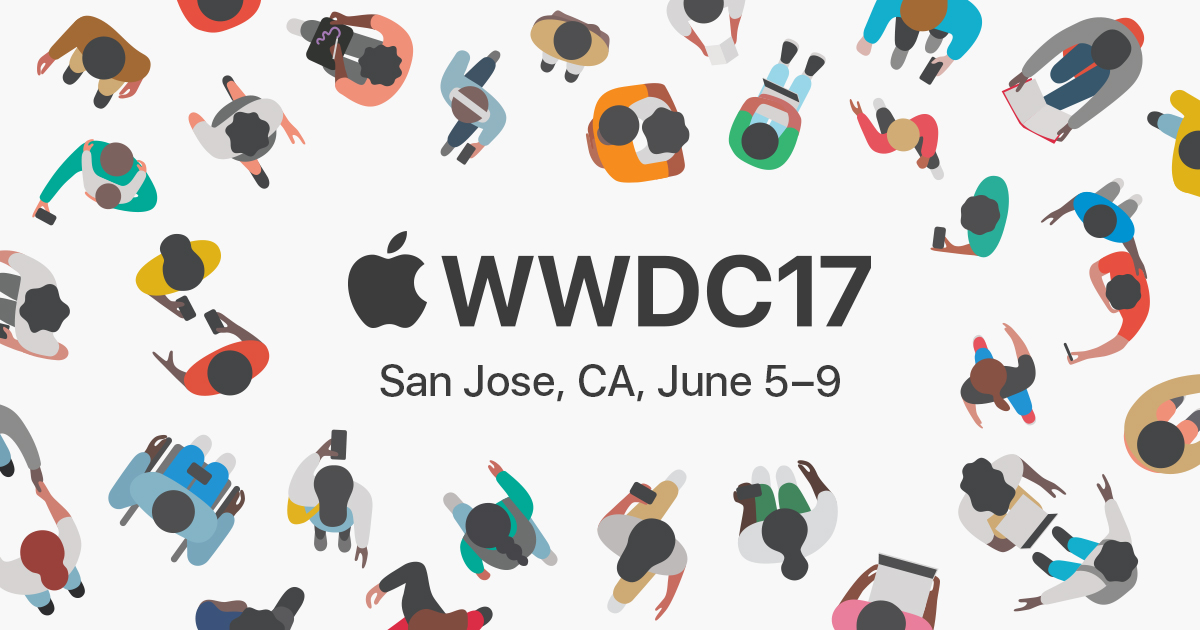

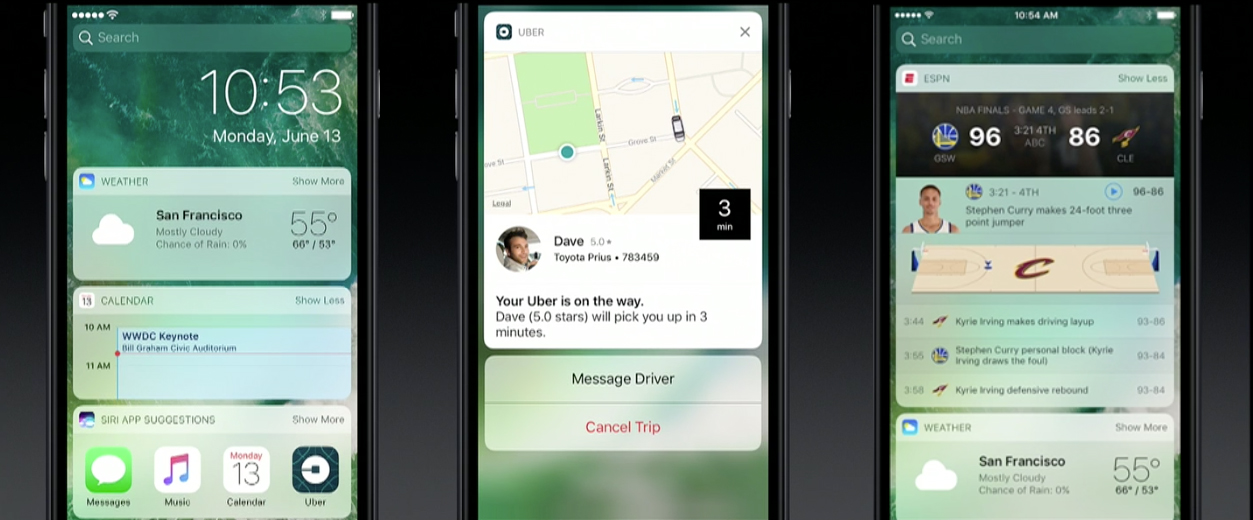 What Brands Need To Do
What Brands Need To Do